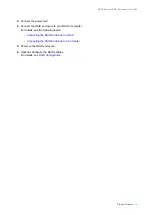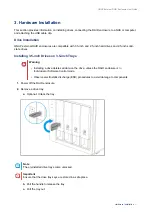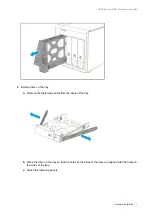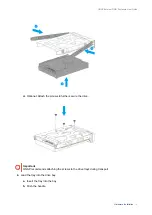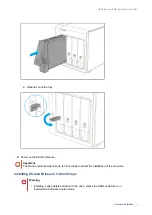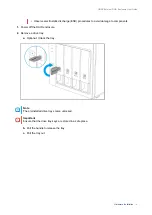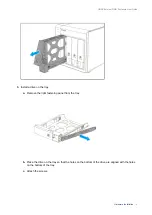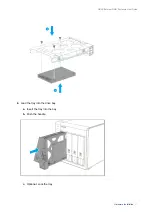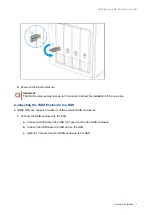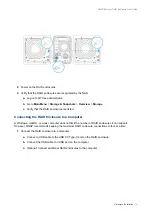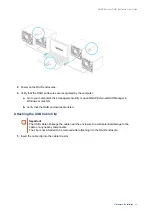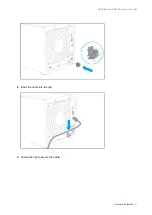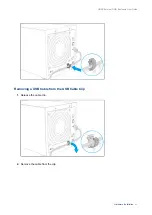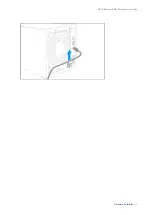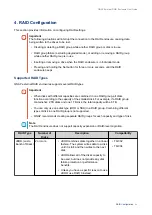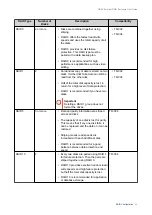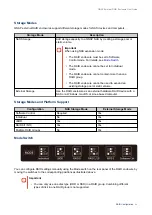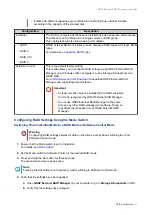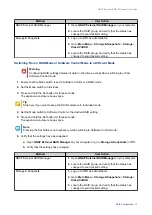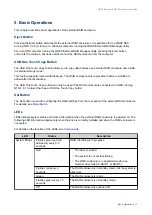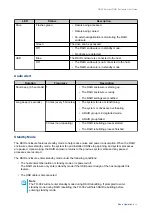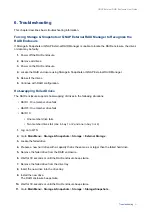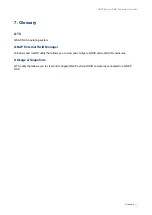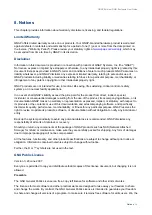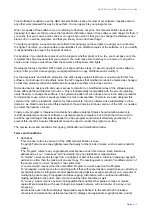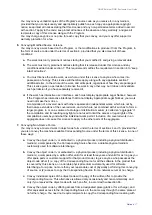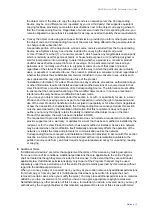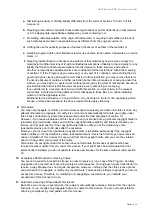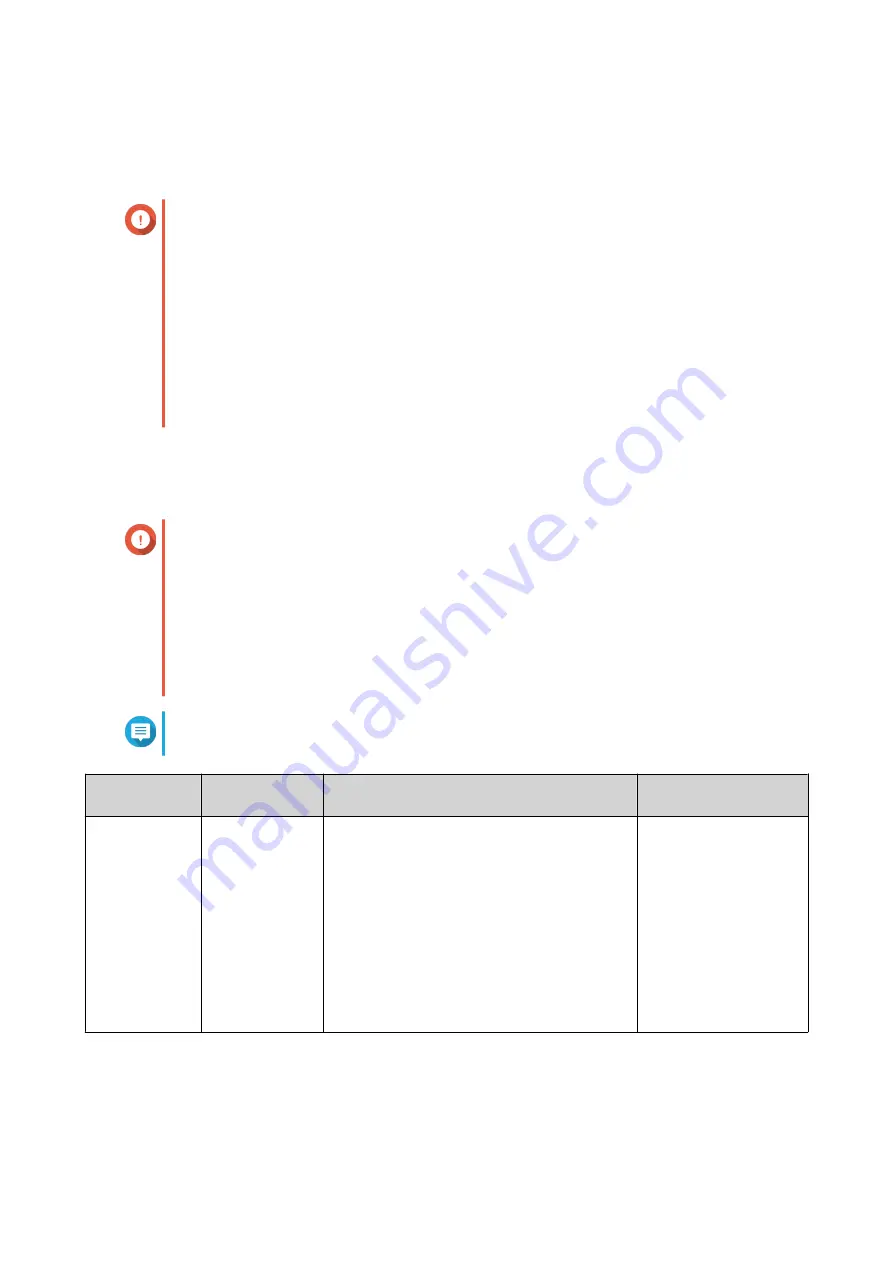
4. RAID Configuration
This section provides information on configuring RAID settings.
Important
The following situations will interrupt the connection to the RAID enclosure, causing data
being written to the drives to be lost.
• Creating or deleting a RAID group while another RAID group or disk is in use
• RAID group failure (excluding degraded mode), or adding or removing a RAID group
while another RAID group is in use
• Inserting or removing a drive when the RAID enclosure is in Individual mode
• Pressing and holding the Set button for three or more seconds, until the RAID
enclosure beeps
Supported RAID Types
QNAP external RAID enclosures support several RAID types.
Important
• When disks with different capacities are combined in one RAID group, all disks
function according to the capacity of the smallest disk. For example, if a RAID group
contains five 2 TB disks and one 1 TB disk, the total capacity will be 6 TB.
• You can only use one disk type (HDD or SSD) in a RAID group. Combining different
types of disk in one RAID group is not supported.
• QNAP recommends creating separate RAID groups for each capacity and type of disk.
Note
The RAID enclosure does not support capacity expansion or RAID-level migration.
RAID Type
Number of
Disks
Description
Compatibility
JBOD (Just a
Bunch of Disks)
2 or more
• JBOD combines disks together in a linear
fashion. The system writes data to a disk
until it is full, and then writes to the next
disk.
• JBOD allows all of the disks capacity to
be used, but does not provide any disk
failure protection or performance
benefits.
• Unless you have a specific reason to use
JBOD, use RAID 0 instead.
• TR-002
• TR-004
QNAP External RAID Enclosure User Guide
RAID Configuration
24

